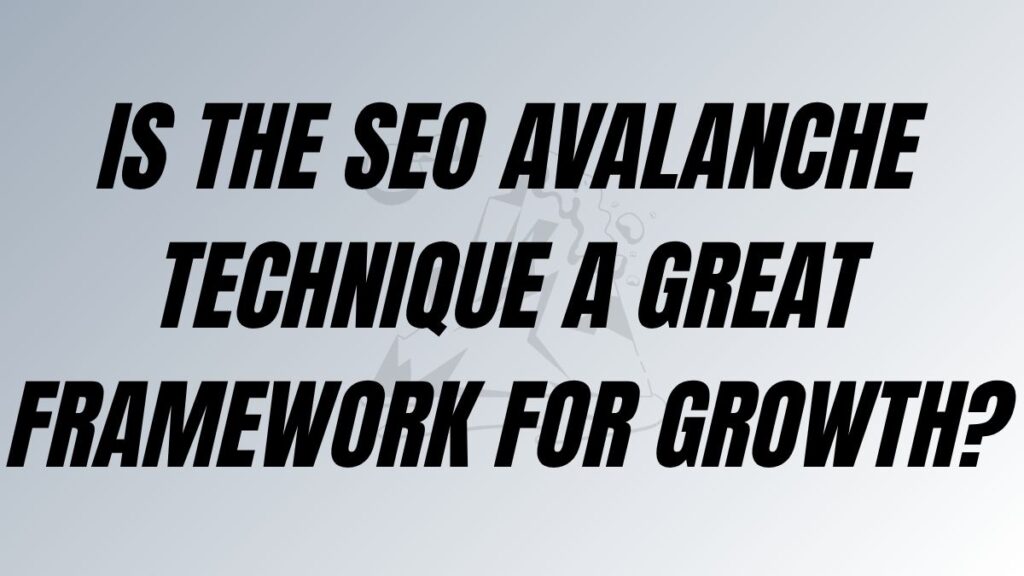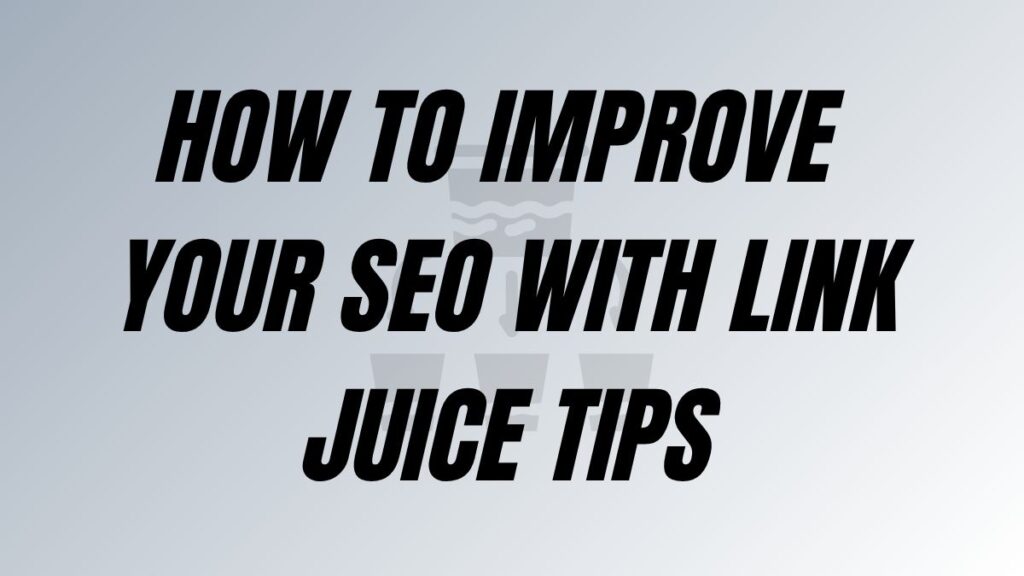The French have a saying: “Petit à petit, l’oiseau fait son nid” – little by little, the bird builds its nest. Nothing could better describe the principle behind Compound SEO. Much like a snowball gathering mass as it rolls downhill, Compound SEO creates an accelerating force through small, consistent actions that build upon each other.
Compound SEO fuses content creation, technical optimization, user experience, and strategic link building into a harmonious system. Each component reinforces the others, creating a multiplier effect that grows increasingly powerful with time. It’s not flashy, but it works with remarkable consistency.
Yet most marketers I meet are still chasing the latest algorithm hack or overnight success story. They’re missing the forest for the trees. Compound SEO integrates content marketing, technical optimisation, user experience, and strategic link building into a synergistic system where each element strengthens the others, creating a multiplier effect that grows stronger with time.
Are you building a temporary structure that needs constant rebuilding, or are you laying the foundation for something that will continue growing even when you’re not actively working on it? That’s the fundamental question at the heart of Compound SEO.
What is Compound SEO?
Compound SEO is a holistic approach that combines various SEO techniques – content creation, link building, technical optimisation, and user engagement – to achieve long-term growth in organic visibility and traffic. Unlike traditional SEO strategies that often focus on short-term gains, Compound SEO builds a strong foundation for sustained success.
The Compound SEO Approach: Patience Meets Strategy
Compound SEO isn’t a revolutionary concept – it’s actually quite simple. It’s the disciplined application of proven SEO techniques that build upon each other over time. Like compound interest in finance, small gains accumulate and eventually create exponential growth.
The problem? We live in an instant gratification culture. Most businesses want results yesterday, not in six months. But those willing to play the long game often end up dominating their niches.
According to a study by Ahrefs, pages ranking in the top 10 on Google are, on average, over 2 years old. The pages in position #1 are typically around 3 years old. This data tells us something important: SEO success takes time. This isn’t coincidence – it’s compounding at work. The pages that dominate search results aren’t necessarily the ones with the biggest budgets or the cleverest tricks. They’re the ones that have accumulated authority, relevance, and trust over time.
How Does the Snowball Effect Work in SEO?
The snowball effect in SEO mirrors the principle of compound interest in finance. When you consistently invest in high-quality content, backlinks, and user experience improvements, these efforts build upon each other. Over time, this compounding effect leads to accelerated growth in traffic and rankings. For example:
- A blog post optimised for a specific keyword might initially attract modest traffic. As it gains backlinks and ranks higher in search results, traffic increases.
- This higher visibility attracts more users who engage with your content, leading to further ranking improvements.
- Eventually, the post becomes an authority piece, driving consistent traffic without additional effort.
Core Elements That Drive the Snowball Effect
1. Content That Keeps Giving
High-quality content forms the foundation of Compound SEO. But not just any content – I’m talking about pieces that solve real problems and answer genuine questions.
Take HubSpot’s approach with their pillar content strategy. By creating comprehensive resources on broad topics supported by related articles, they achieved a 25% increase in organic traffic. Their content continues to attract visitors years after publication.
What makes content compound over time?
- It’s regularly updated to maintain freshness
- It addresses evergreen topics that remain relevant
- It’s thorough enough to become a reference in its field
- It’s structured to attract backlinks naturally
2. Strategic Link Building
Backlinks remain a powerful ranking factor, but their impact compounds when acquired strategically. Each quality backlink not only passes authority but increases the likelihood of earning more links.
Consider Airbnb’s localisation strategy. By tailoring content to regional preferences and optimising for local search terms, they attracted backlinks from local domains. This didn’t just boost their rankings – it created a virtuous cycle where higher visibility led to more backlinks, which led to even higher visibility.
The key is consistency. Building 2-3 quality links per month might seem insignificant at first, but after a year, you’ll have a robust backlink profile that keeps growing through momentum.
3. User Signals That Strengthen Over Time
Search engines pay attention to how users interact with your content. Metrics like dwell time, click-through rates, and bounce rates signal content quality.
When users find value in your content, they stay longer, explore more pages, and sometimes return later. These positive signals tell search engines your site deserves higher rankings, which brings more visitors, creating another compounding loop.
Tools like Hotjar or Crazy Egg can help you analyse user behaviour and optimise pages for better engagement. Small improvements in user experience can lead to significant gains in search performance over time.
4. Technical Foundation That Supports Growth
A technically sound website ensures search engines can easily access and index your content. This maximises visibility and supports the compound growth effect.
Key areas to focus on include:
- Site speed optimisation
- Mobile-friendliness
- Fixing broken links and redirects
- Implementing schema markup
- Creating a logical site structure
Moz’s “Whiteboard Friday” series demonstrates this well. By combining engaging video content with optimised metadata and tags, they saw a 170% increase in YouTube traffic within a year. The technical optimisation ensured their content efforts were fully recognised by search engines.
Putting Compound SEO Into Action
1. Start With Thorough Keyword Research
Effective Compound SEO begins with identifying the right keywords – those with the perfect balance of search volume, competition, and relevance to your business.
Focus on long-tail keywords that might have lower search volumes but higher conversion potential. These less competitive terms often provide quicker wins that build momentum for tackling more competitive keywords later.
For example, instead of targeting “digital marketing” (highly competitive), start with “digital marketing for small manufacturing businesses” (more specific and less competitive).
Deep dive and read this article What is Compound SEO Strategy and Why It Matters.
2. Create Content With Staying Power
The content that compounds best over time tends to be comprehensive, authoritative, and evergreen. Think of it as creating assets rather than just blog posts.
Start by developing cornerstone content – comprehensive resources that address your audience’s most significant challenges. Then support these with related articles that link back to your cornerstone pieces, creating a content ecosystem that strengthens over time (👀 read our blog post about it here).
For instance:
- Create a detailed guide on “Complete Compound SEO Strategy” (cornerstone)
- Support it with related articles like “Keyword Research for Compound SEO” and “Link Building Tactics That Compound Over Time”
This approach builds topical authority and creates a natural internal linking structure that distributes page authority throughout your site.
3. Build Relationships, Not Just Links
The most valuable backlinks come from genuine relationships with other website owners, content creators, and industry influencers.
Rather than focusing solely on link acquisition tactics, invest time in:
- Creating content worthy of being referenced
- Participating in industry discussions
- Collaborating with complementary businesses
- Contributing valuable insights to relevant communities
These activities may not yield immediate results, but they create a foundation for ongoing link acquisition that compounds over time.
4. Monitor, Learn, and Adapt
Regular analysis of your SEO performance is essential for maintaining momentum. Use tools like Google Analytics and Search Console to track key metrics and identify opportunities for improvement.
Pay particular attention to:
- Which content attracts the most organic traffic
- Which pages earn the most backlinks
- Which keywords are driving conversions
- Where users spend the most time on your site
Use these insights to refine your strategy and double down on what’s working. Remember, Compound SEO is about continuous improvement, not perfection.
Real-World Success Stories
Moz’s Content Ecosystem
Moz built their authority through consistent, high-quality content production. Their “Whiteboard Friday” videos became a cornerstone of their content strategy, attracting both viewers and backlinks. By combining video content with written transcripts and optimised metadata, they created assets that continue to drive traffic years after publication.
Airbnb’s Local Relevance Strategy
Airbnb recognized the importance of local search for their business model. By creating location-specific content and optimizing for local search terms, they built relevance for thousands of geographic keywords. This strategy not only improved their organic visibility but also attracted natural backlinks from local travel sites and blogs.
HubSpot’s Topic Cluster Approach
HubSpot reorganized their content into topic clusters, with pillar pages covering broad topics linked to related articles. This structure improved their search rankings by clearly signaling topical authority to search engines. The approach increased their organic traffic by 25% and established them as a go-to resource for marketing information.
These examples illustrate how different aspects of Compound SEO can be tailored to fit specific business goals and contexts, leading to substantial growth in organic traffic and search visibility.
Final Thought: Why Most SEO Strategies Fail
Most SEO strategies fail not because the tactics are wrong, but because the expectations are unrealistic. SEO is not a sprint; it’s a marathon with compounding returns.
The businesses that succeed with SEO understand this fundamental truth: consistent effort applied over time yields results that far exceed what could be achieved with sporadic, intensive campaigns.
As the saying goes, “The best time to plant a tree was 20 years ago. The second best time is now.” The same applies to Compound SEO. Start building your snowball today, even if it seems small at first. With patience and persistence, you’ll create an unstoppable force in your market.
FAQs About Compound SEO
How long does it take to see results from Compound SEO?
Initial improvements can often be seen within 3-6 months, but the real compounding effects typically become apparent after 12-18 months of consistent effort. The timeline varies depending on your industry, competition, and starting point.
How is Compound SEO different from regular SEO?
Compound SEO focuses on building sustainable momentum through consistent application of best practices, while many traditional SEO approaches emphasize quick wins or tactical responses to algorithm changes. The primary difference is in the timeframe and growth pattern.
Can small businesses benefit from Compound SEO?
Absolutely. In fact, small businesses often have an advantage in creating focused, high-quality content for specific niches. By consistently addressing the needs of a well-defined audience, small businesses can build authority in areas that larger competitors might overlook.
How do I measure the success of a Compound SEO strategy?
Look beyond simple ranking positions to metrics that indicate growing momentum: increasing numbers of keywords driving traffic, rising domain authority, growing backlink profiles, and improving user engagement metrics. The most important indicator is consistent growth in organic traffic and conversions over time.
What should I do if my Compound SEO strategy isn’t showing results?
First, ensure you’re giving it enough time. If after 6-9 months you’re not seeing positive trends, audit your approach: Is your content truly meeting user needs? Are you building quality backlinks? Is your technical SEO foundation solid? Often, the issue is consistency or quality rather than the overall strategy.
To find out more about SEO planning




> Discover the pages about SEO
➡️ Mastering Keyword Research: A Practical Guide for SEO Success
🔓 Unlocking Success with Google SEO Tools: A Comprehensive Guide
✍️ Content Marketing That Works: Practical Strategies For B2B Success

